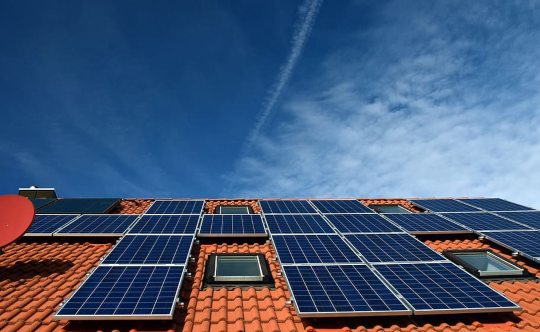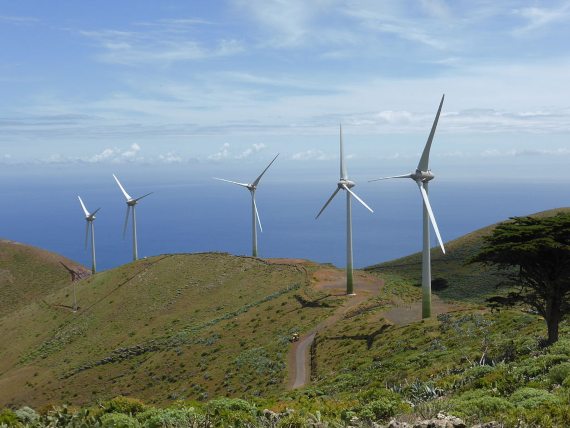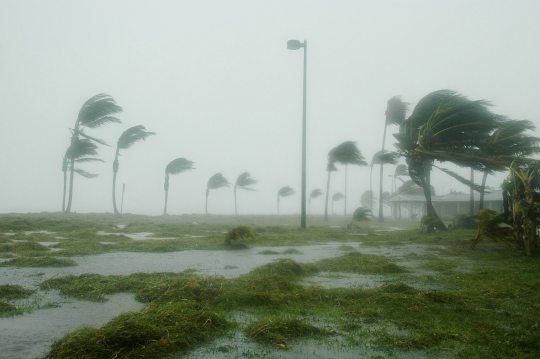Climate change and solar energy are not as good partners as common sense might tell us. A recent study published in Nature shows how global warming is reducing solar irradiation—or in colloquial terms, sunny days—precisely in those regions of the planet that currently offer the best photovoltaic performance. This is why climate change is negatively affecting solar energy production on a global scale, and will continue to do so in the immediate future. These conclusions are also supported by other research published shortly before, which shows how, in the specific case of Australia, local solar and wind energy production has already decreased in recent decades.
The true significance of both studies is that they focus on a broader problem. While the shift to renewable energies is one of the keys to mitigating and minimising climate change, it is possible that before this is achieved, global warming itself will produce critical alterations in atmospheric and oceanic dynamics, thereby jeopardising the viability of this type of clean energy. Its Achilles’ heel is precisely its great dependence on climate and weather. Meteorological conditions are increasingly volatile and harder to predict with climate models, coupled with a rise in extreme weather events, which are a latent threat to all these technologies.
“We found that the general temporal trends in annual solar and wind power generation due to climate change are small. During the five hottest days of every year, however, the effect of climate change on renewable energy production was more severe,” warned Jing Huang, one of the authors of the Australian case study. “For different regions, there are different effects of climate change,” added the researcher, who stressed the need for more studies in other climate zones to examine this variability.
Another analysis, published by Spanish researchers in 2019, summarises the main climate threats (and their impact in each case) for the most important renewable energies:

Photovoltaic solar energy
1. The increase in global temperature negatively affects the efficiency and performance of photovoltaic cells. In this respect, a study carried out by MIT researchers estimated the estimated loss of efficiency for each one-degree rise in temperature at 0.45%. In addition, there would be an increase in energy expenditure to ensure the correct and necessary cooling of equipment and infrastructure, to avoid overheating and breakdowns (a common need for any technology), which would result in a lower net energy yield.
2. The increase in the number of particles suspended in the atmosphere, which when deposited on the solar panels partially cover them and reduce their efficiency. In this case, the progressive planetary warming intensifies the evaporation of water—and consequently the formation of clouds, rainfall, fog and haze—and also increases the aridity of the land, leading to more airborne dust.
3. The decrease in solar radiation and its greater intermittency, due to variations in atmospheric circulation, more cloudiness and, again, the presence of suspended particles that block and disperse the Sun’s rays.
Wind energy

1. Variations in wind speed and its directionality—both daily and seasonal—have a negative impact, as the turbines are designed to operate optimally for a given speed range and orientation.
2. The rise in global temperature reduces the power generated, as warmer air is less dense. Furthermore, it increases the cooling needs of the installations and contributes to both the condensation of water in the turbines and their increased wear and tear due to the greater presence of suspended particles.
Hydroelectric energy
1.Changes in precipitation patterns and regimes lead to periods of drought and to soil erosion, as well as episodes of torrential rains, flooding and landslides. All this alters the flow and course of rivers.
2. The higher temperatures lead to increased evaporation, which affects river flow and water levels in reservoirs, altering the power generated in hydroelectric plants.
Extreme weather: a common threat
In addition to the increase in global temperature, the study points to another climate threat common to the three main renewable energies: extreme weather events. This is perhaps the greatest of all these risks, as it not only affects their performance but can also severely damage installations, causing serious damage that renders them unusable for a longer or shorter period.

The incidence and intensity of these extreme weather events have increased in recent years: more powerful and longer-lasting hurricanes—a consequence of the fact that greater oceanic evaporation feeds them with more energy; a larger number of storms with intense lightning; extreme heat waves and increasingly extensive and recurrent periods of drought that spark and intensify wildfires; and also torrential rainfall that leads to flooding and ravages large swaths of land already degraded by aridity.
This grim picture leaves a question mark hanging in the air: is it already too late for alternative energies? The next few decades will provide the definitive answer. Meanwhile, the authors of this latest analysis point out that “the physical impacts of climate change are among the challenges that renewables will have to face.”
Comments on this publication